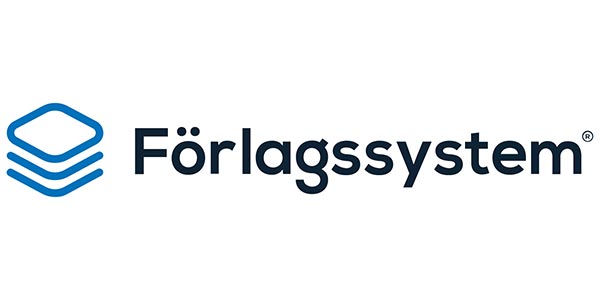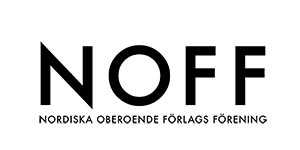
Say It Fast, Fluent and Flawless

| Serie | Umeå Studies in Language and Literature |
|---|---|
| Författare | |
| Förlag | Umeå Universitet |
| Genre | Språk (inkl. lexikon, parlörer och ordböcker) |
| Format | Häftad |
| Språk | Engelska |
| Antal sidor | 196 |
| Vikt | 444 gr |
| Utgiven | 2017-05-19 |
| ISBN | 9789176016886 |
This thesis reports on a study, which investigated the process of early foreign language learning in a classroom context and the functions of multi-word units of language known as formulaic sequences in the oral language production of young foreign language learners. A classroom with 11 students in the age range 9 to 11 years was observed and video recorded for 16 sessions (90 minutes per session). The observations were accompanied by two elicitation tasks. 10 sessions out of the 16 sessions of the collected speech samples were transcribed chronologically. In the next step, formulaic sequences were identified based on pre-established criteria, which were further developed during the analysis. The data was analyzed in order to identify the functions of formulaic sequences in learners' oral language production in addition to the inter-learner variations in the application of formulaic sequences for different functions.
The results revealed evidence of incidental learning of formulaic sequences from input; the language input provided instances for the learners to learn multi-word units. In addition, formulaic sequences played different roles in the language production of the learners. These sequences helped young language learners to overcome their lack of knowledge, to improve their fluency, and to enjoy some language play. Formulaic sequences were used as a strategy to economize effort on processing and also to buy time for processing. The findings of the study suggested that language users might introduce dis-fluency in the production of their sequences in order to buy time for further processing. Moreover, the data provided examples illustrating communicative functions of formulaic sequences where the use of formulaic sequences was affected by the relationship between the speaker and listener. The analysis revealed that although all the learners applied formulaic sequences in their language production, there was a great variation among individual learners in their intention and the extent of the application of formulaic sequences. Some learners used these sequences to be able to extend their utterances and produce more of the language, whereas other learners used them to avoid further language production. In sum, it seemed that individual learners' different personalities, needs or limitations served as explanation for the application of formulaic sequences in different contexts.






















